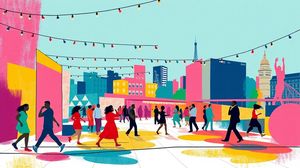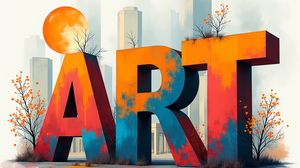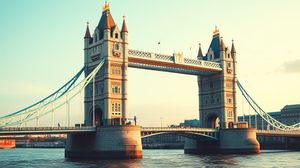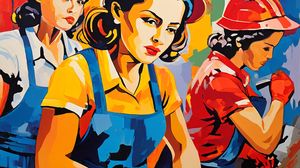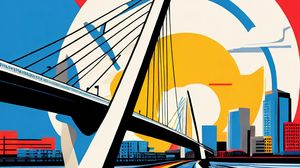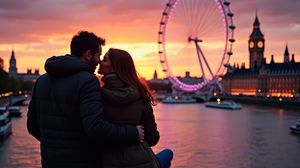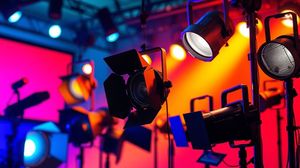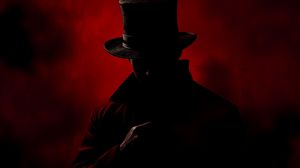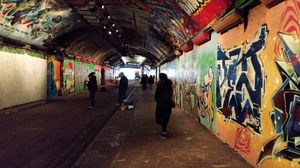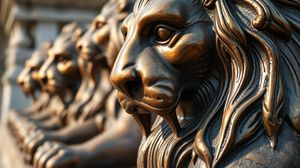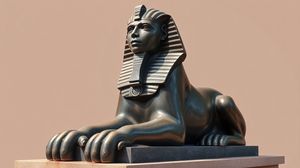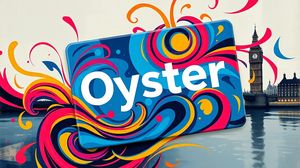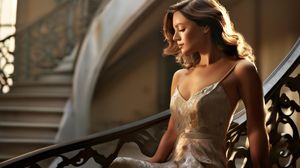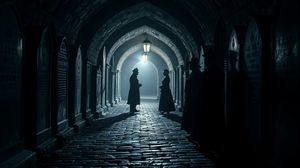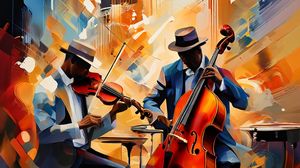
The Royal Festival Hall is a central piece of the Southbank Centre in London, renowned as one of the world's leading arts venues. It was opened in 1951 as part of the Festival of Britain, designed to promote and celebrate British arts, technology, and industry in the post-war era.
Architecturally, the Royal Festival Hall is noteworthy for its modernist style. It was one of the first post-war buildings in England to be granted Grade I listed status, ensuring its historic and architectural significance is preserved for future generations.
One of the hall's distinctive features is its acoustics, which were a key focus during its original design. It was one of the earliest concert halls in the world to be designed using acoustic engineering principles, ensuring a superior auditory experience for both performers and audience members.
The hall is reputedly haunted by the ghost of a Victorian era man in evening dress, but there's no hard evidence to support this. Nevertheless, it does add a layer of intrigue to the hall's character.
The Royal Festival Hall's organ is quite a spectacle, boasting 7,866 pipes. Restored and reinstalled in 2014, this magnificent instrument is one of the largest in the UK, enhancing the acoustic charm of this iconic hall.
Visitors to the Royal Festival Hall can also enjoy stunning river views from the building's riverside terraces, creating a serene backdrop for a diverse programme of performances ranging from classical concerts to contemporary art installations.
The building underwent significant renovations between 2005 and 2007 to improve acoustics, expand the foyer spaces, and preserve its post-war modernist features. The renovations cost £91 million and have revitalized the hall for 21st-century use.
Aside from its performance spaces, the Royal Festival Hall is home to a variety of restaurants, bars, and a music-themed shop, making it a vibrant hub of culture and social activity on the South Bank.
It's known for hosting the "Meltdown" festival, where each year a different musician curates a series of events and performances, attracting eclectic and exciting line-ups that have included David Bowie, Patti Smith, and Yoko Ono.

Making the Most of Your Visit:
Make sure you explore the foyer's free exhibitions and installations. They change regularly and offer insightful displays on various topics, from art to social issues.
Don't miss the chance to visit the Clore Ballroom. It's often used for free events or rehearsals open to the public, providing an unexpected bonus to your visit.
Grab a seat on the riverside terraces for some of the best views over the River Thames. It's a perfect spot to relax and soak in the vibrant atmosphere of the South Bank.
Check out the schedule for free lunchtime concerts and performances, especially in the Central Foyer, where emerging artists showcase their talents.
If you're visiting with kids, the Royal Festival Hall often hosts family-friendly workshops and events, particularly on weekends and during school holidays, providing an engaging way for young visitors to enjoy the arts.

Visiting Times & Costs:
The Royal Festival Hall at the South Bank Centre is open to the public throughout the year. Visitors can access many parts of the venue, including foyer spaces and exhibitions, free of charge. However, ticketed events and concerts have varying prices depending on the specific performance or exhibition.
Opening Hours:
- Monday to Sunday: 10:00 AM to 11:00 PM
These hours may vary on specific days or for special events, so it's advisable to check ahead for current opening times.
Admission:
| Area | Cost |
|---|---|
| General Areas (Foyer, Exhibitions) | Free |
| Concerts and Ticketed Events | Varies |
Accessibility:
- The Royal Festival Hall is wheelchair accessible, with accessible entrances and lifts to all floors.
- Accessible toilets are available on multiple levels of the building.
- Assistance dogs are welcome.
- Hearing enhancement devices are available for concerts and events.

Address & Map:

Nearby:
